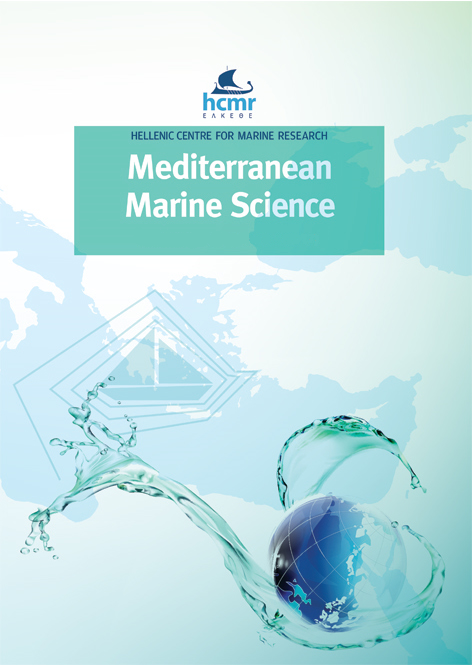Fatty acid content and profile of round sardinella (Sardinella aurita), an expanding thermophilic species in the NW Mediterranean
Resumen
Over the past few decades, due to sea warming driven by global climate change, the habitat range of round sardinella (Sardinella aurita) has expanded into the north-western Mediterranean Sea. This study evaluates the fatty acid content and fatty acid profile of this small, warm-water pelagic fish caught in this area, specifically the northern Catalan coast. The findings provide important insights into the nutritional status of the species under changing environmental conditions. The study confirms that fatty acid content varies according to the individual specimen’s maturity stages (immature, pre-spawners, and spawners). Pre-spawners showed higher fat levels compared to spawners, whose lipids are allocated to their gonads to enhance the survival of their offspring. While a high content of omega-3 polyunsaturated fatty acids (n-3 PUFAs) was generally found at all stages of maturity, pre-spawners had higher levels of EPA but lower levels of DHA than immature individuals and spawners. Moreover, compared to small pelagic fish more typical of the temperate waters in the region (European anchovy, Engraulis encrasicolus, and European sardine, Sardina pilchardus), round sardinella generally have a higher level of PUFAs, especially DHA. Encouraging consumption of this warm water species could provide significant nutritional benefits while reducing fishing pressure on European sardine and European anchovy, whose populations are currently in a very poor state.
Article Details
- Cómo citar
-
VILA-BELMONTE, M., BOU, R., LLORET, E., & LLORET, J. (2024). Fatty acid content and profile of round sardinella (Sardinella aurita), an expanding thermophilic species in the NW Mediterranean. Mediterranean Marine Science, 25(2), 300–310. https://doi.org/10.12681/mms.35917
- Sección
- Research Article
Authors who publish with this journal agree to the following terms:
- Authors retain copyright and grant the journal right of first publication with the work simultaneously licensed under a Creative Commons Attribution Non-Commercial License that allows others to share the work with an acknowledgement of the work's authorship and initial publication in this journal.
- Authors are able to enter into separate, additional contractual arrangements for the non-exclusive distribution of the journal's published version of the work (e.g. post it to an institutional repository or publish it in a book), with an acknowledgement of its initial publication in this journal.
- Authors are permitted and encouraged to post their work online (preferably in institutional repositories or on their website) prior to and during the submission process, as it can lead to productive exchanges, as well as earlier and greater citation of published work (See The Effect of Open Access).






